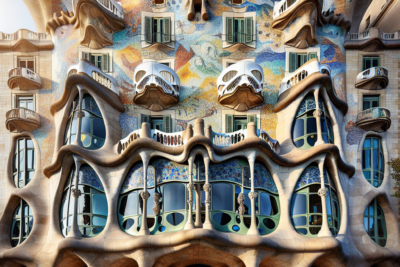
- The Architectural Marvel of La Sagrada Familia: A Blend of Faith and Artistry
- Unveiling the History Behind La Sagrada Familia's Construction Timeline
- Exploring the Symbolism of Colors in La Sagrada Familia's Design
- The Unique Features of La Sagrada Familia: A Testament to Antoni Gaudí's Vision
- Visiting La Sagrada Familia: Tips for Maximizing Your Experience in Barcelona
- The Cultural Significance of La Sagrada Familia in Modern Barcelona
Barcelona is home to numerous architectural wonders, but none are as captivating as La Sagrada Familia. This breathtaking basilica, designed by the visionary Antoni Gaudí, combines intricate details with a grand vision that transcends traditional church architecture.
As we delve into The Remarkable Facts About Barcelona's Iconic La Sagrada Familia, we uncover the unique history, innovative techniques, and the passionate dedication that continues to shape its construction. This masterpiece not only represents Gaudí's genius but also embodies the spirit of creativity and faith within the city.
The Architectural Marvel of La Sagrada Familia: A Blend of Faith and Artistry
La Sagrada Familia stands as a testament to the harmonious relationship between faith and artistry. Designed with the intention of creating a spiritual experience, Gaudí employed distinct architectural styles, including Gothic and Art Nouveau, to express religious narratives through stone. Every facade tells a story, capturing key moments from the life of Jesus Christ, which invites visitors to reflect on their own spiritual journey.
One of the most remarkable aspects of La Sagrada Familia is its use of natural forms and geometric patterns. Gaudí drew inspiration from nature, integrating organic shapes and structures into the design. This approach not only enhances the aesthetic appeal but also symbolizes the connection between the divine and the natural world. Key elements include:
- Tree-like columns that support the ceiling
- Intricate stained glass windows that filter light in vibrant colors
- Facade sculptures that depict biblical stories
Moreover, the basilica's innovative engineering techniques showcase a forward-thinking vision. Gaudí utilized hyperboloid structures and parabolic arches to create stability and beauty. This innovative approach has allowed the construction to continue despite challenges over the decades, with skilled craftsmen and artisans dedicated to realizing Gaudí's vision. The ongoing work reflects a labor of love that intertwines artistic expression with engineering excellence.
Ultimately, La Sagrada Familia is not just a building; it is a living symbol of faith, creativity, and perseverance. As it approaches completion, it stands as a reminder of the enduring human spirit, merging architectural skill with spiritual devotion. Visitors from around the world are drawn to its beauty, eager to witness this unparalleled masterpiece that continues to inspire generations.
Unveiling the History Behind La Sagrada Familia's Construction Timeline
The construction of La Sagrada Familia began in 1882, driven by the vision of architect Francisco de Paula del Villar, who initially designed it in a traditional Gothic style. However, in 1883, the young Antoni Gaudí took over the project, transforming it into a unique expression of his artistic and architectural philosophy. He dedicated the rest of his life to this monumental task, infusing it with his innovative ideas and spiritual fervor.
Throughout its history, La Sagrada Familia has faced numerous challenges that have impacted its construction timeline. Key milestones include:
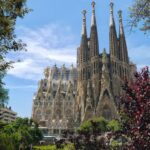 The Completed Masterpiece: Sagrada Familia in Barcelona
The Completed Masterpiece: Sagrada Familia in Barcelona- 1914: Gaudí's untimely death, which left the project without a clear direction.
- 1936: A significant setback occurred during the Spanish Civil War when much of Gaudí's original models and plans were destroyed.
- 2026: The anticipated year of completion, marking 144 years since the first stone was laid.
The construction process has evolved over the decades, transitioning from traditional craftsmanship to modern techniques. Today, advanced technology, such as 3D modeling and computer-aided design, aids artisans in replicating Gaudí's vision with precision. This blend of historical respect and contemporary innovation is crucial for achieving a faithful realization of the architect's grand plans.
As La Sagrada Familia continues to rise, it symbolizes the resilience of human creativity and the enduring nature of faith. Each phase of construction not only reflects Gaudí's genius but also the collective dedication of many artisans who have contributed over the years. This magnificent basilica remains a powerful narrative of history, artistry, and spirituality, captivating visitors with its ongoing journey toward completion.
Exploring the Symbolism of Colors in La Sagrada Familia's Design
The use of color in La Sagrada Familia's design is deeply symbolic, reflecting Gaudí's intention to create a spiritual atmosphere. Each hue is carefully chosen to represent different aspects of the divine and the natural world, enhancing the visitor's experience. The interplay of light and color within the basilica serves to elevate the senses and provoke contemplation.
Gaudí's innovative approach to stained glass is one of the most striking features of La Sagrada Familia. The vibrant colors are not just decorative; they are imbued with meaning. For instance, the warm tones of yellow and orange are often associated with joy and divinity, while cooler shades of blue and green evoke tranquility and peace. This thoughtful design creates a dynamic environment that shifts throughout the day as sunlight filters through.
- Warm Colors: Symbolize divine presence and joy.
- Cool Colors: Represent serenity and reflection.
- Translucent Glass: Allows natural light to transform spaces, enhancing emotional responses.
The strategic placement of colored glass windows can be seen as a deliberate choice to connect the earthly with the heavenly. For example, the east-facing windows illuminate the Nativity facade with warm morning light, suggesting new beginnings, while the west-facing windows cast cool, reflective light on the Passion facade, symbolizing sacrifice and introspection. This thoughtful interplay of light and color enriches the spiritual narrative of La Sagrada Familia.
The Unique Features of La Sagrada Familia: A Testament to Antoni Gaudí's Vision
La Sagrada Familia is renowned for its unique architectural elements that reflect Gaudí's innovative approach to design. One of its defining features is the use of light and shadow to create a dynamic interior atmosphere. The basilica is designed to interact with natural light, resulting in a mesmerizing play of colors that changes throughout the day, enhancing the spiritual experience for visitors. This technique showcases the profound understanding Gaudí had of the sacred relationship between illumination and architecture.
Another striking element is the integration of natural symbols into the structure. Gaudí believed that architecture should harmonize with nature, leading to the incorporation of organic forms throughout the basilica. This is evident in the branch-like columns that support the ceilings, reminiscent of trees in a forest. Such designs not only contribute to the aesthetic appeal but also symbolize a connection to the natural world, reinforcing the idea that the divine is present in all aspects of life.
Moreover, La Sagrada Familia employs sculptural richness that narrates biblical stories through its façades. Each side of the basilica presents distinct themes—such as the Birth of Jesus on the Nativity facade and the Passion of Christ on the Passion facade—allowing visitors to engage with the narrative in a profound way. This storytelling element in stone reflects Gaudí's vision of creating a space that is not only a place of worship but also a canvas of spiritual education.
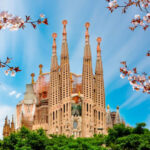 The Captivating Facts of Sagrada Familia in Barcelona, Spain
The Captivating Facts of Sagrada Familia in Barcelona, SpainIn summary, La Sagrada Familia stands as a remarkable embodiment of faith, artistry, and innovation. Gaudí's visionary approach has resulted in a masterpiece that continues to inspire awe and wonder, drawing people from all walks of life. The basilica's unique features serve as a testament to the enduring power of creativity, making it a true icon of Barcelona and a symbol of the architect's unparalleled genius.
Visiting La Sagrada Familia: Tips for Maximizing Your Experience in Barcelona
When visiting La Sagrada Familia, planning ahead is essential for maximizing your experience. Secure your tickets online to avoid long queues, especially during peak tourist seasons. Consider visiting during early morning hours to enjoy a quieter atmosphere and more intimate encounters with the stunning architecture. This early visit allows you to appreciate the basilica’s intricate details without the hustle and bustle of larger crowds.
Another tip is to take advantage of the audio guide or join a guided tour. This will provide you with deeper insights into the history, architecture, and meaning behind Gaudí's masterpiece. The audio guide features stories and explanations that can enrich your understanding of the basilica's symbolism and design choices, making your visit much more enjoyable and informative.
Don’t forget to allocate time to explore the surrounding areas. The Park Güell and other Gaudí landmarks are in close proximity, allowing you to immerse yourself in the broader context of his work. Additionally, the vicinity of La Sagrada Familia offers numerous spots for photography, so have your camera ready to capture the basilica’s breathtaking facades from different angles.
Lastly, consider your visit during different times of the day. The changing light conditions can dramatically alter your perception of the basilica, especially when the sun filters through the stained glass. Observing this transformation will provide a unique perspective on Gaudí's intention to create a living, breathing space that connects the spiritual and the natural.
The Cultural Significance of La Sagrada Familia in Modern Barcelona
La Sagrada Familia holds profound cultural significance in modern Barcelona, serving as a symbol of the city's dedication to its artistic heritage. This iconic basilica not only attracts millions of visitors annually but also fosters a sense of unity among locals who take pride in being part of its ongoing narrative. Its construction represents a shared commitment to creativity and faith, making it a focal point for cultural dialogue and expression.
Moreover, La Sagrada Familia's unique architectural style has inspired a new generation of artists and architects. It stands as a testament to the possibility of blending traditional craftsmanship with contemporary design. The ongoing work on the basilica highlights the importance of preserving historical architecture while incorporating modern techniques, creating a bridge between past and future. This dynamic reflects Barcelona's evolution as a cultural hub.
The basilica also plays a significant role in the city's community events and spiritual life. It serves as a venue for various cultural and religious gatherings, reinforcing its function as a living space that transcends mere tourism. Additionally, its proximity to other significant landmarks encourages a cultural itinerary that includes:
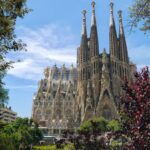 The Completed Sagrada Familia: A Masterpiece of Barcelona
The Completed Sagrada Familia: A Masterpiece of Barcelona- Art exhibitions related to Gaudí's work
- Community festivals celebrating local traditions
- Educational programs that promote awareness of architectural history
In conclusion, La Sagrada Familia is not just an architectural masterpiece; it embodies the essence of modern Barcelona. Its continuous construction invites collective participation, fostering a deep connection among residents and visitors alike. As the basilica nears completion, it remains a vibrant symbol of cultural identity, faith, and the relentless pursuit of artistic excellence.
If you want to know other articles similar to The Remarkable Facts About Barcelona's Iconic La Sagrada Familia you can visit the category WHERE YOU CAN GO.
Deja una respuesta

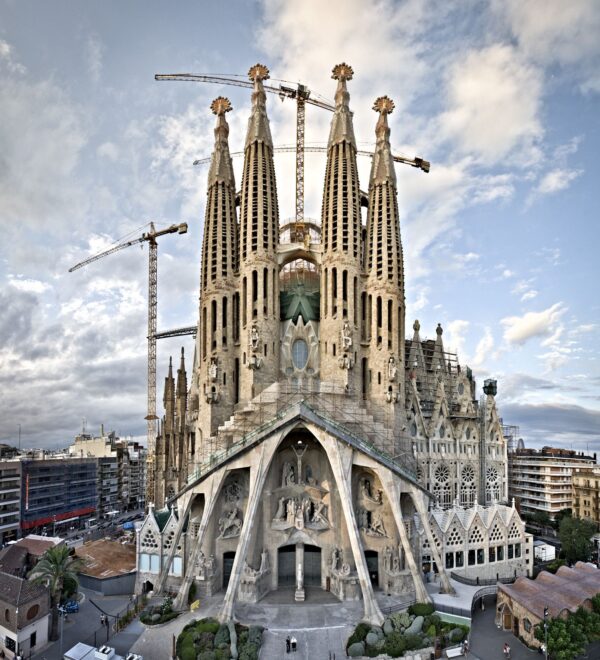
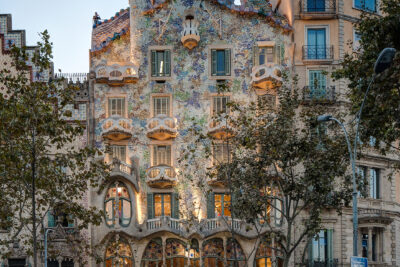
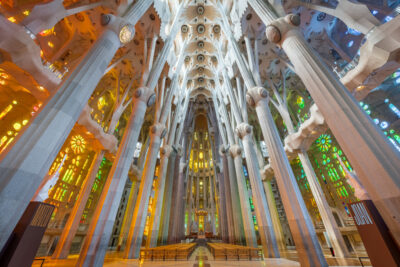
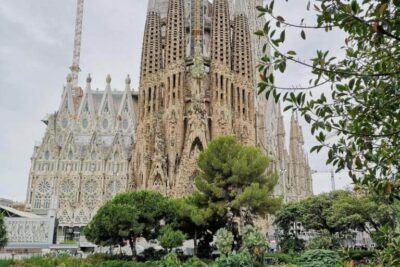
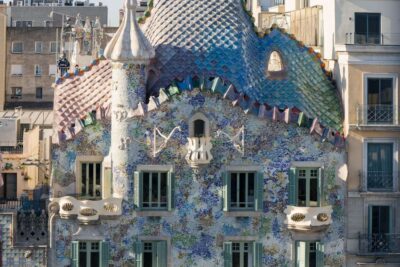
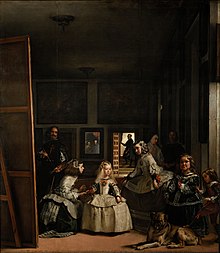
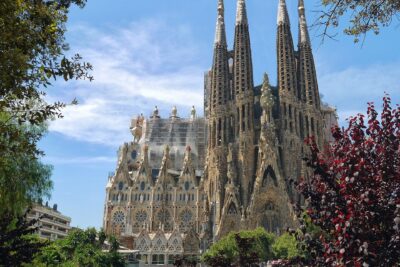
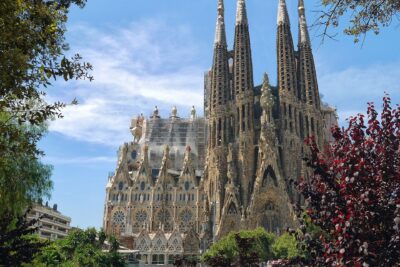
Read more!